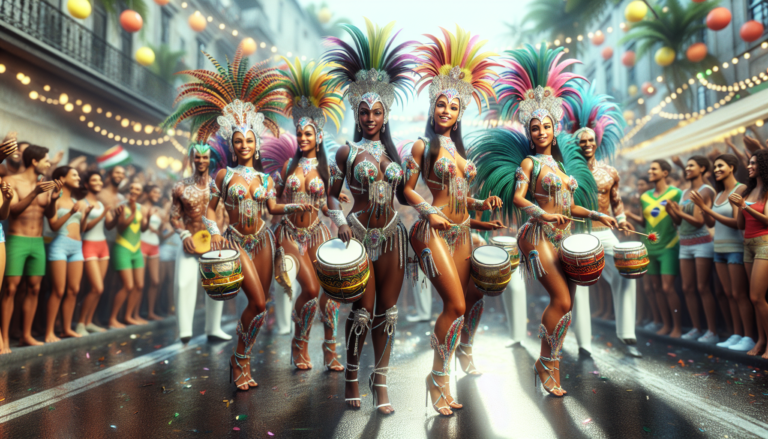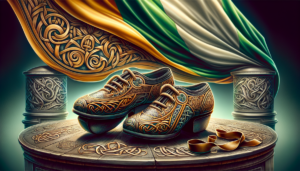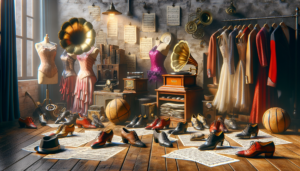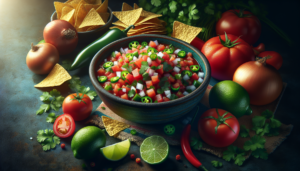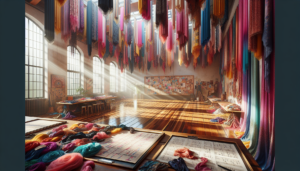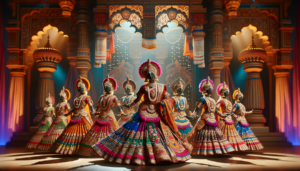Introduction to Samba
Samba is a vibrant and captivating expression of Brazilian culture that encompasses both music and dance. With its infectious rhythms and energetic movements, samba has captured the hearts of people around the world. This article will delve into the fascinating world of samba, exploring its history, evolution, musical elements, dance styles, and cultural significance.
What is Samba?
At its core, samba is a musical genre and dance style that originated in Brazil. Samba music is characterized by its syncopated rhythms, typically played on percussion instruments like the cavaquinho (a small guitar) and various drums. The samba dance involves fast footwork and swaying hip movements, often performed in pairs or as part of larger group performances.
The Origins of Samba
Samba traces its roots back to the African rhythms brought to Brazil by enslaved Africans. Over time, these rhythms fused with European and indigenous influences, giving birth to the unique sound and style of samba. Brazilian culture played a significant role in shaping samba, as it emerged from the working-class neighborhoods of Rio de Janeiro in the early 20th century.
The Evolution of Samba
Traditional Samba
Traditional samba, also known as samba de roda, is the earliest form of the dance. It involved participants gathering in a circle, clapping and singing, while individuals took turns dancing in the center. This communal and participatory aspect of samba remains an integral part of its history and cultural significance.
Modern Samba
As samba gained popularity, it evolved into various styles and rhythms. Urban samba, characterized by its faster tempo and elaborate choreography, became the most well-known form. This style is often associated with the glitz and glamour of Rio de Janeiro’s Carnival celebrations. Other notable styles include samba-reggae, which incorporates elements of reggae music, and samba-enredo, the style performed by samba schools during Carnival parades.
Samba Music and Instruments
Key Instruments in Samba
Samba music is anchored by a rich array of percussion instruments. The most essential include:
- Cavaquinho: A small, four-stringed guitar that provides the melodic foundation.
- Pandeiro: A tambourine-like instrument that sets the rhythmic pulse.
- Surdo: A large drum that produces the deep, resonant beats characteristic of samba.
- Chocalho: A shaker instrument that adds a lively and festive sound.
Together, these instruments create the infectious and energetic samba rhythms that make it impossible not to dance.
Famous Samba Songs
Throughout its history, samba has produced countless iconic songs that have become synonymous with Brazilian culture. Some notable examples include:
| Song | Artist | Year |
|---|---|---|
| “Aquarela do Brasil” | Ary Barroso | 1939 |
| “Garota de Ipanema” | Tom Jobim and Vinicius de Moraes | 1962 |
| “Mas Que Nada” | Jorge Ben Jor | 1963 |
| “Conga Conga Conga” | Gal Costa | 1977 |
These timeless compositions showcase the diversity and richness of samba music, with their memorable melodies and infectious rhythms.
Samba Dance and Performance
Learning Samba Dance
Samba dance is a joyful and expressive art form that anyone can learn. Many samba schools in Brazil and around the world offer classes for beginners and enthusiasts alike. The basic steps involve a quick-quick-slow rhythm, with dancers shifting their weight between feet while swaying their hips. As dancers progress, they can incorporate more intricate footwork, spins, and flourishes to create a dazzling display of movement.
Samba Costumes and Attire
Samba costumes are an integral part of the dance’s visual appeal. During Carnival and other performances, dancers often wear elaborate and colorful outfits that showcase the vibrancy of Brazilian culture. Women typically don feathered headdresses, bedazzled bikini tops, and flowing skirts, while men wear more streamlined outfits that allow for ease of movement. The costumes are a feast for the eyes, adding to the overall spectacle of samba dance performances.
Samba in Brazilian Festivals
Carnival in Rio de Janeiro
The most famous showcase of samba takes place during the annual Carnival in Rio de Janeiro. This multi-day extravaganza features massive parades where samba schools compete against each other with their dazzling costumes, floats, and choreographed routines. Thousands of dancers, musicians, and performers take to the streets, creating an unforgettable display of color, music, and joy. Carnival is a time when the entire city comes alive with the spirit of samba, celebrating Brazilian culture in all its glory.
Other Notable Samba Festivals
While Rio’s Carnival is the most well-known, samba festivals take place throughout Brazil and beyond. Some notable examples include:
- Salvador Carnival: Bahia’s capital city hosts its own vibrant Carnival celebration, with a focus on samba-reggae and other Afro-Brazilian rhythms.
- São Paulo Carnival: Brazil’s largest city puts on a spectacular parade featuring top samba schools and dancers.
- Notting Hill Carnival: This annual event in London, England, brings the spirit of samba to the streets of the UK, with lively parades and performances.
These samba festivals showcase the global reach and appeal of this enchanting Brazilian art form.
Conclusion
Samba is more than just a music and dance style; it is a vibrant embodiment of Brazilian culture and spirit. From its African roots to its modern-day manifestations, samba has evolved into a globally recognized and beloved art form. Whether you are swaying to the rhythms of samba music, admiring the skill of samba dancers, or immersing yourself in the festive atmosphere of Carnival, samba has the power to captivate and bring people together in a celebration of life, joy, and cultural pride.

